
When I first decided to write about my country and its culinary culture to an international audience, I wanted to first find out about the history of food. I had to find the answers to questions like “what did the early people eat, how did they have a settled life, how did they first produce their food, how did the food culture begin and how did food culture differ from one region to another?”
Then I began searching for academic articles to learn more about the history of food culture. Don’t worry I will not write a boring article giving technical information about what happened stage by stage. As a curious person by nature, I always search about the history of everything I wonder about. Therefore, first I will give you brief information of how food culture came to the fore as we know of today.
History of the agricultural lifestyle
Human beings are living organisms that need to eat and drink just like any other living thing. Eating and drinking are the basic needs of humans that started with the first human and differed in terms of geography and agriculture.
This need urged people to lead a hunter-gatherer lifestyle in a significant part of human history. During that period, people solely aimed to survive. By transition to a settled life, humans started producing food. They started domesticating animals and plants. In this process, they learned to store, preserve and cook the animal meat and food they produced and collected. They discovered how they could consume in various ways.
Where Did First Food Occur?
Scientists believe that agriculture was initiated first in the Middle East about ten or eleven years BCE. The region was rich in terms of edible crops, lentils, peas, chickpeas, and vegetables. There were also domesticated animals of which their meat was used as food. These animals produced manure for fertilizers, as well. With all these resources, the Middle East gave rise to the first civilizations in history.
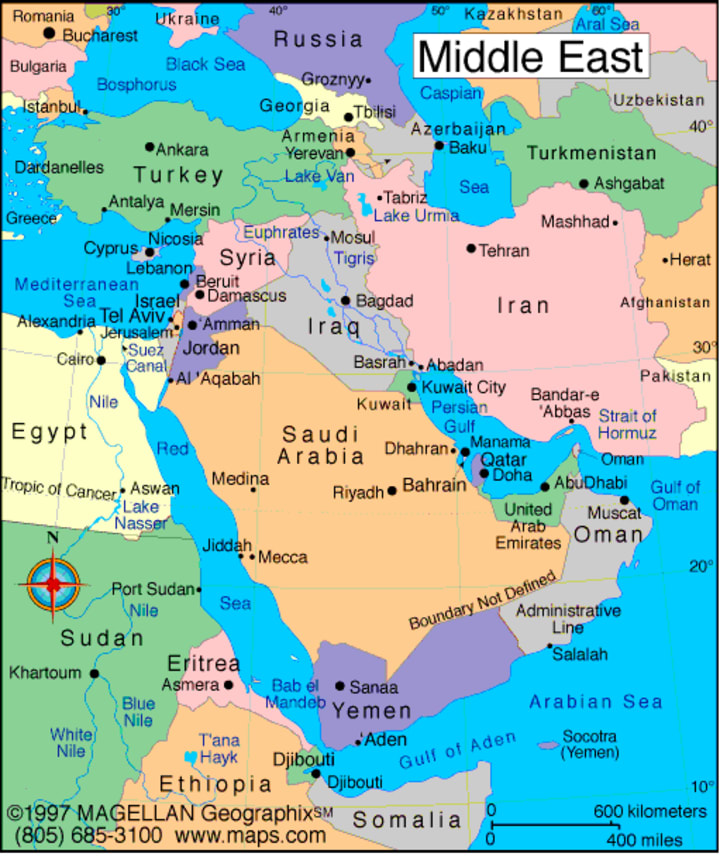
The Food Culture
Trade routes, economic relations, discoveries, immigrations, and wars played an important role to spread the food culture in many areas of the world. Today, most of the European and Asian food products came to be known after the discoveries.
Books of Travel give us great insight into the socio-economic characteristics of the ear they were written in. In one of the narratives in Awliya Chalabi’s Seyâhatnâme ("The Travelogue"), he stated that grapes, almonds, and pistachios were produced around Gaziantep and exported to Arabia and India.
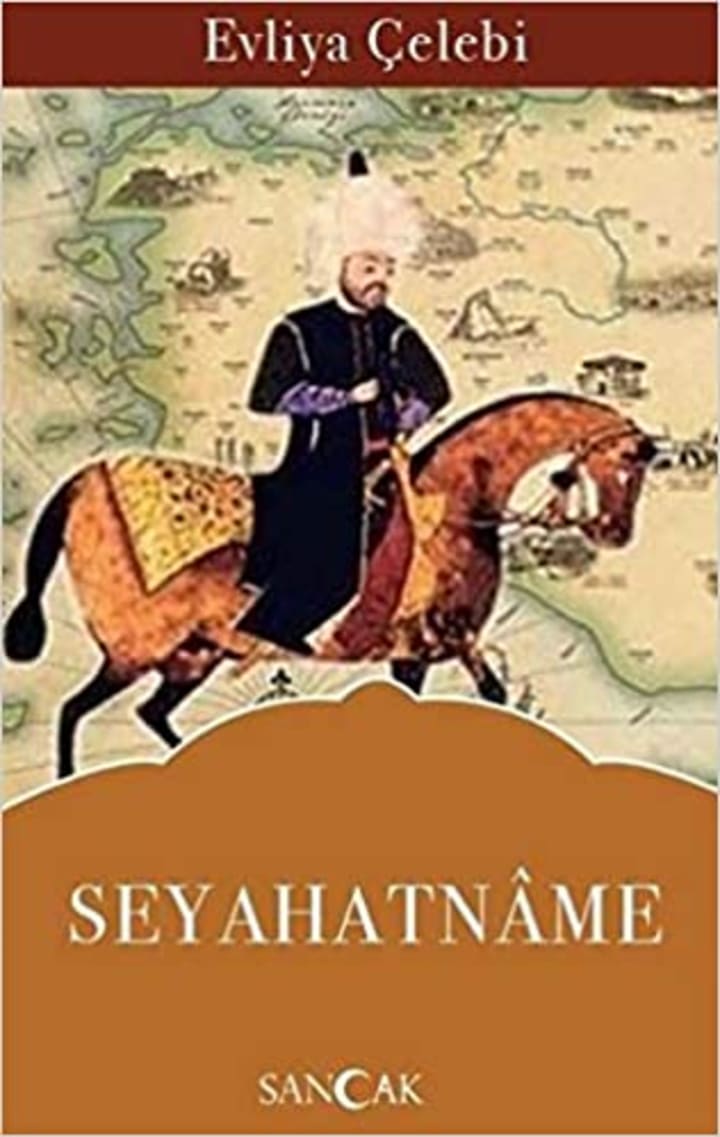
Foods are a major part of the culture of the region they belong to. Therefore, it is essential to have good knowledge of local cuisine to better understand and to be involved in the culture of that region. It is also important in the tourism sector of a country.
For example, tourists who travel to a destination go there because of their willingness to try the tastes of the local foods of that specific place. A local cuisine plays an important role in attracting tourists to that specific destination. Today, travel trends in the world are escalating towards food tourism.
The Birth of the Turkish Cuisine
Throughout history, both the flavors discovered in the palace cuisine and the engagements with different regional cultures such as Europe, the Middle East, and Africa increased the richness of the Turkish cuisine.
With the acceptance of Islam, the food culture was reshaped. Thanks to its distinguished and rich past, Turkish food culture is one of the most important and oldest cuisines in the world. Turkish foods rely on agricultural products and meat of animal origin. Turkish meals vary according to the geographical regions where people live.


My Favorite Food: Mantı
Instead of writing about the world cuisines, I decided to talk about the culinary culture of Turkey, which has a very rich and diverse cuisine. There are so many foods but I would like to give you the recipe for my favorite one. I will talk about others in my other articles.
My favorite food is called mantı (Turkish traditional dumplings with ground meat, onion, and spices). Mantı originates from China. It is accepted as a common culinary heritage that the nomadic Turkish tribes brought from Central Asia to Anatolia during the 13th century. It became one of the most popular dishes in the 15th century of Ottoman cuisine as it was cooked for the morning tables of Mehmet the Conqueror five days a week.

This delicious meal is also popular in Armenian, Caucasian, Central Asian, Afghan, and Chinese Islamic cuisines. In Turkey, there are 36 different mantı meals and each of which is more delicious than the other. In my opinion, it is the most delicious meal in the world. I am sure most will agree when they taste it. However, it is not the only reason it being my favorite food.
The real reason is that it always reminds me of my late grandmother and the family gatherings at the weekends when we were children. My uncles, aunts, cousins would go to my grandmother’s house at the weekend and stayed there altogether. We played games, made beds together and the most important of all we did the mantı altogether.
First, my grandmother would roll out the dough on the short wooden table and cut it into small squares with a knife. Then all the cousins would fill the prepared meat stuffing on the tiny dough squares. Then we closed the stuffed squares in a triangular shape.
For me, doing the mantı together was a way of showing our love for each other. We, as children, learned how to cooperate in a practical way. Today, when I eat mantı either at home or at a restaurant I always remember my grandmother and the warm family atmosphere surrounded with love.
Last weekend, my mother and I visited my aunt and we ate mantı together. While we were at the table, we talked about our good old days when my grandmother was alive. So, mantı is not only a delicious meal for me but it is the memory of my grandmother. I will give you the recipe of mantı so that anyone from all around the world would be able to cook and taste it.
Ingredients of mantı:
For the dough:
• 2 cups flour
• ½ teaspoon salt
• 1 egg
• ¼ cup of water
• 2 tablespoon olive oil
• 1 teaspoon table salt
For the filling:
• 1 onion, finely chopped
• 250 grams of ground beef or lean ground lamb
• Salt and pepper to taste
For the garlic yogurt:
• 500 grams of plain yogurt
• 1 tablespoon minced garlic
For the butter sauce:
• 3 tablespoons butter
• Sweet red pepper powder
Spices for sprinkling on top:
• Sumac (optional)
• Dried spearmint
• Hot chili pepper
For those who would like to try to cook mantı at home:
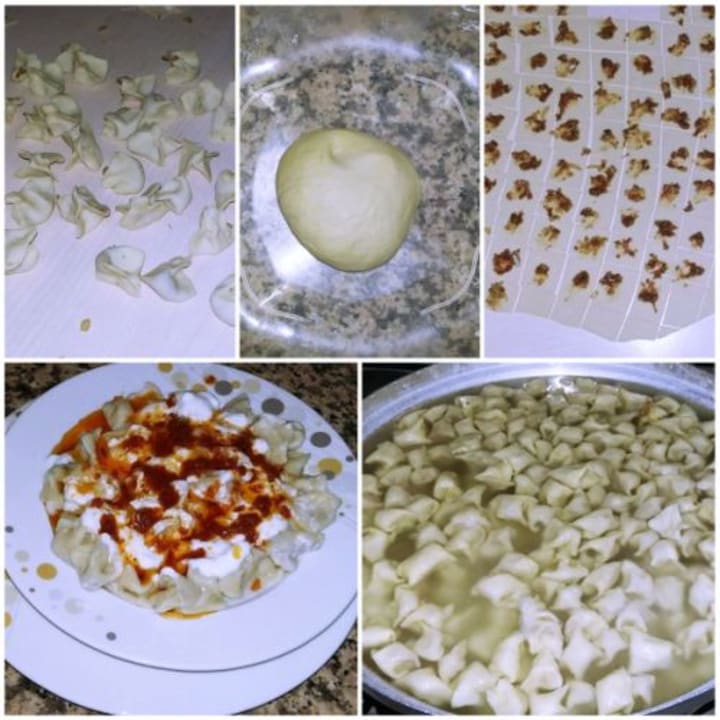
Roll out the dough thinly and cut it into small squares. For the filling, knead the ground beef, grated onion, salt, and pepper. Put the meat filling into the dough you cut and close it in the form of a triangle. Put 10 glasses of water and salt in a deep pot and bring it to a boil.
Throw the dumplings into boiling water and boil for 7-8 minutes. For the garlic yogurt, mince the garlic and mix it with plain yogurt. For the butter sauce, melt the butter in the pan and add the sweet red pepper powder when the butter is melted and mix the pepper and then quickly turn off the stove not to make the pepper burn.
Put your mantı on a plate, pour garlic yogurt on it and then sprinkle dried mint, sumac, and chili pepper on it.
I will add a video of the Turkish mantı recipe for you to better understand.
Bon Appetit!
Afiyet olsun! (Turkish way of saying Bon Appetit)
About the Creator
Ece Uyguc
Economist, certified English<>Turkish translator, writer, NFT collector
https://gulsenuyguc.medium.com/
https://www.linkedin.com/in/ece-uguc/
https://www.quora.com/profile/Ece-Uyguc
https://www.reddit.com/user/Uyguc2021



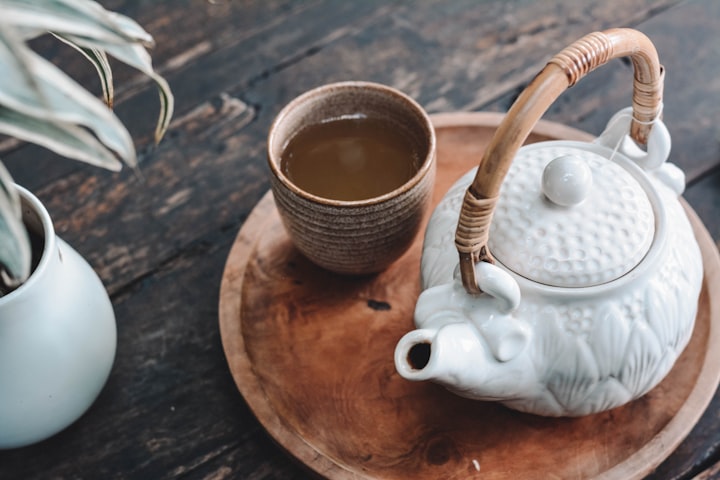
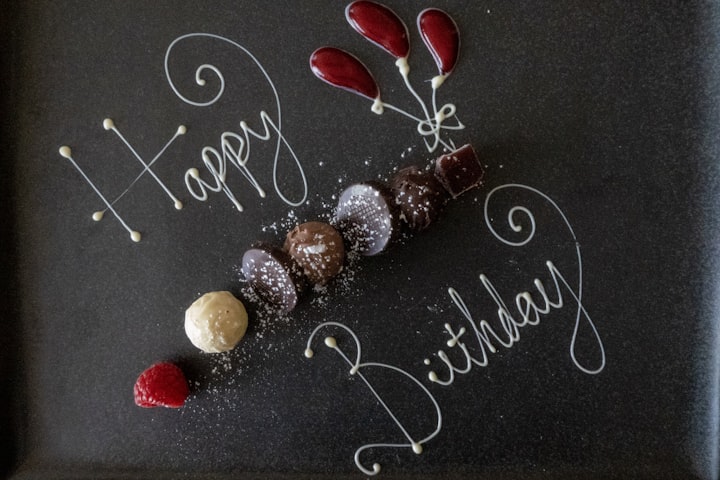

Comments
There are no comments for this story
Be the first to respond and start the conversation.